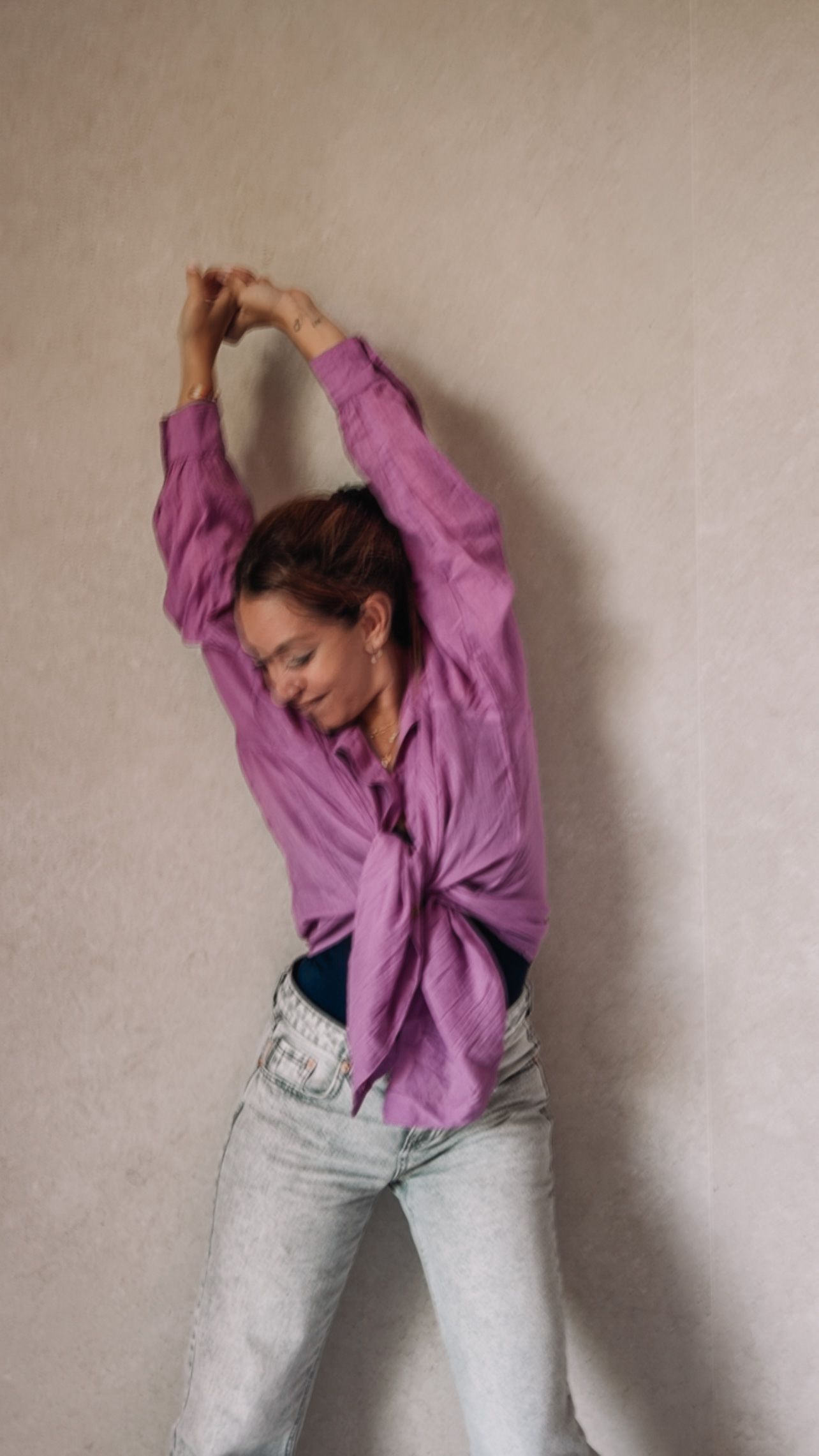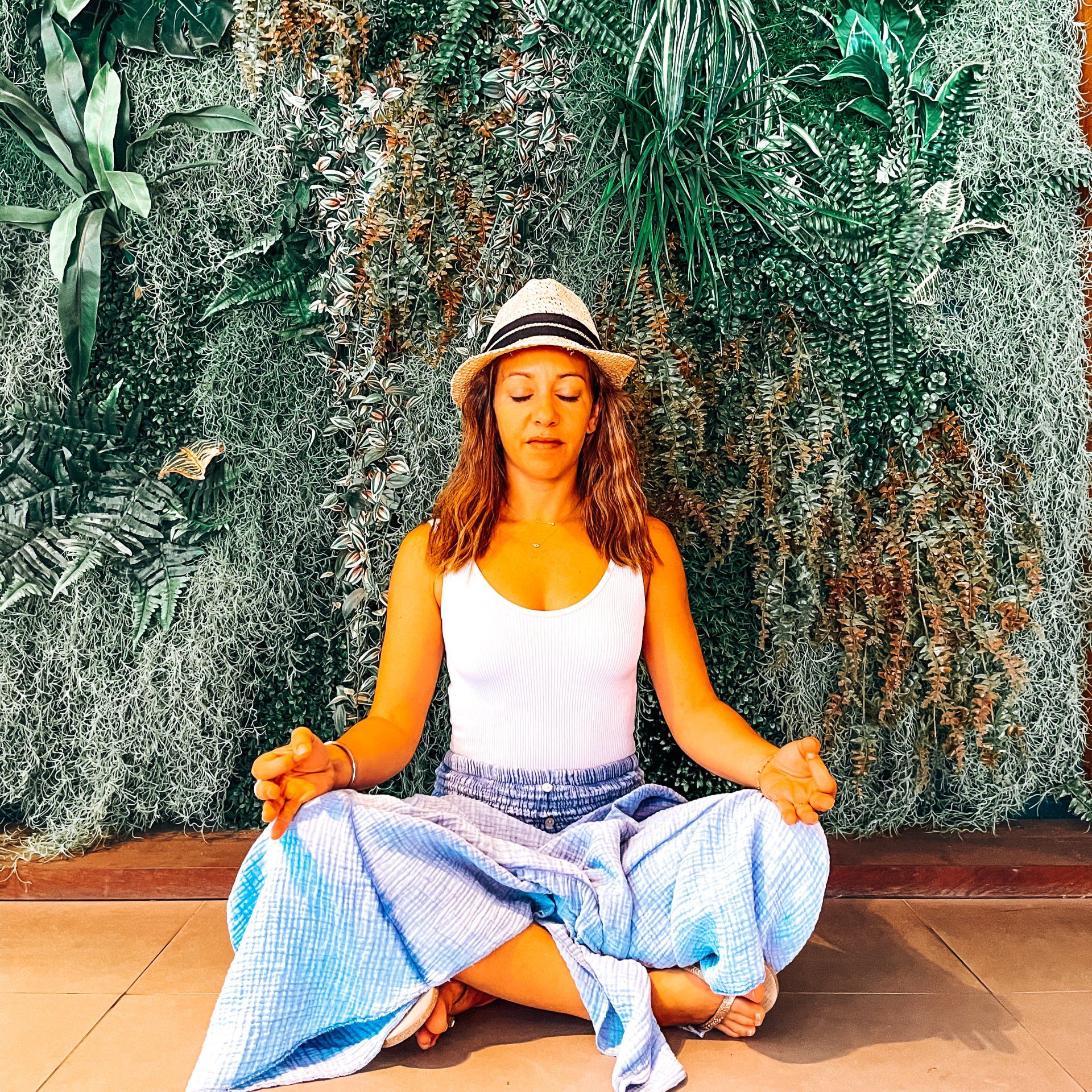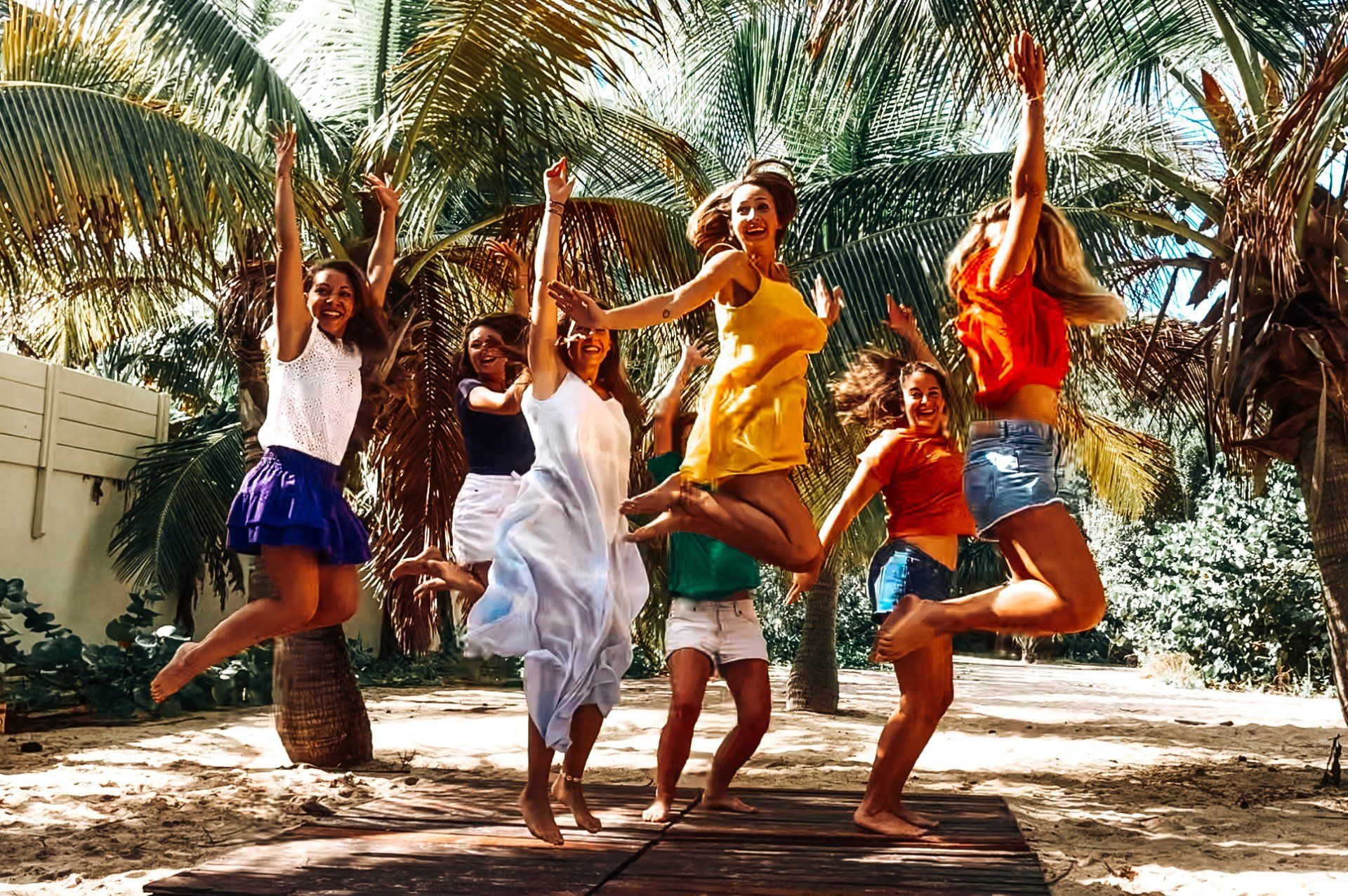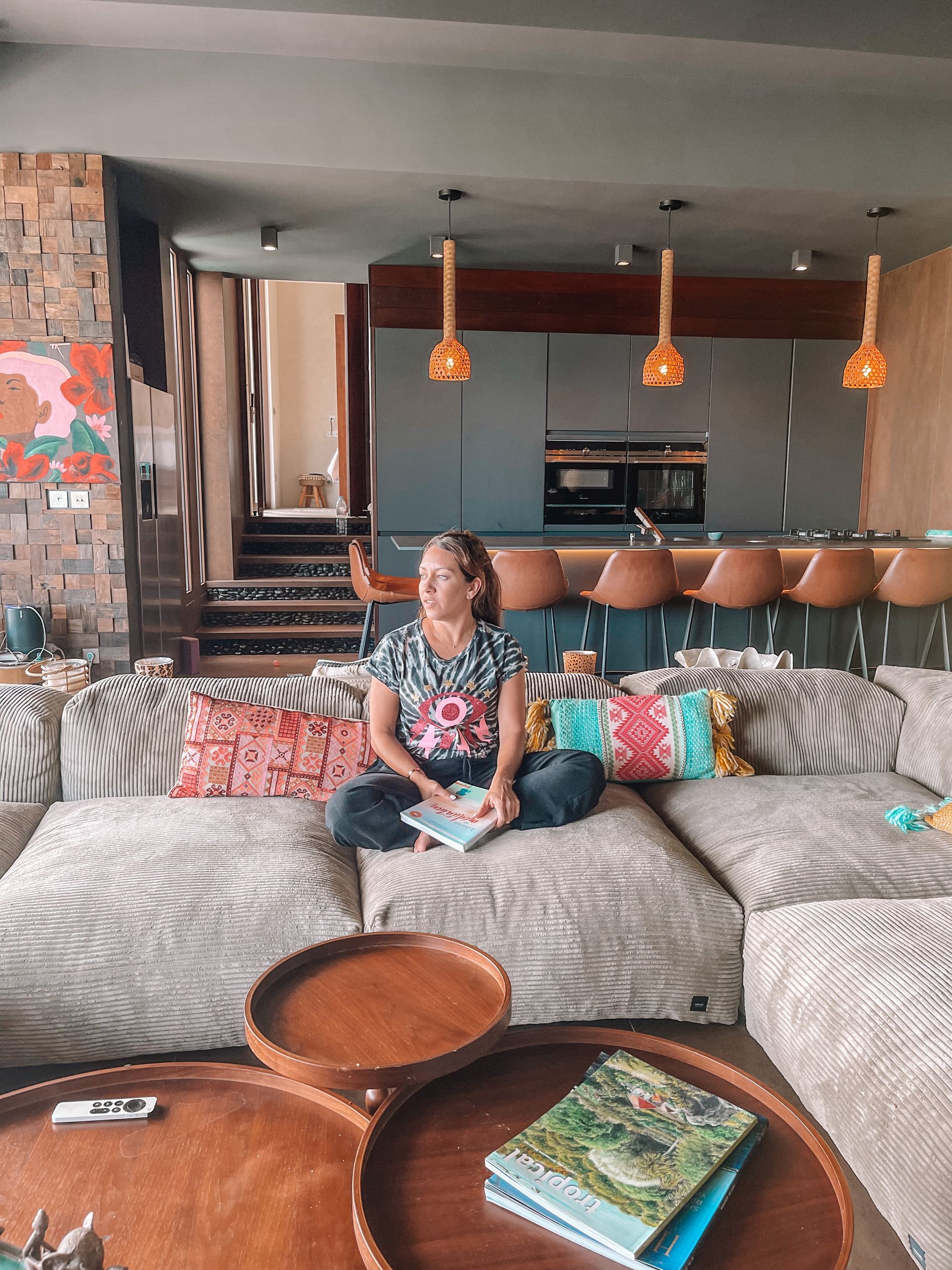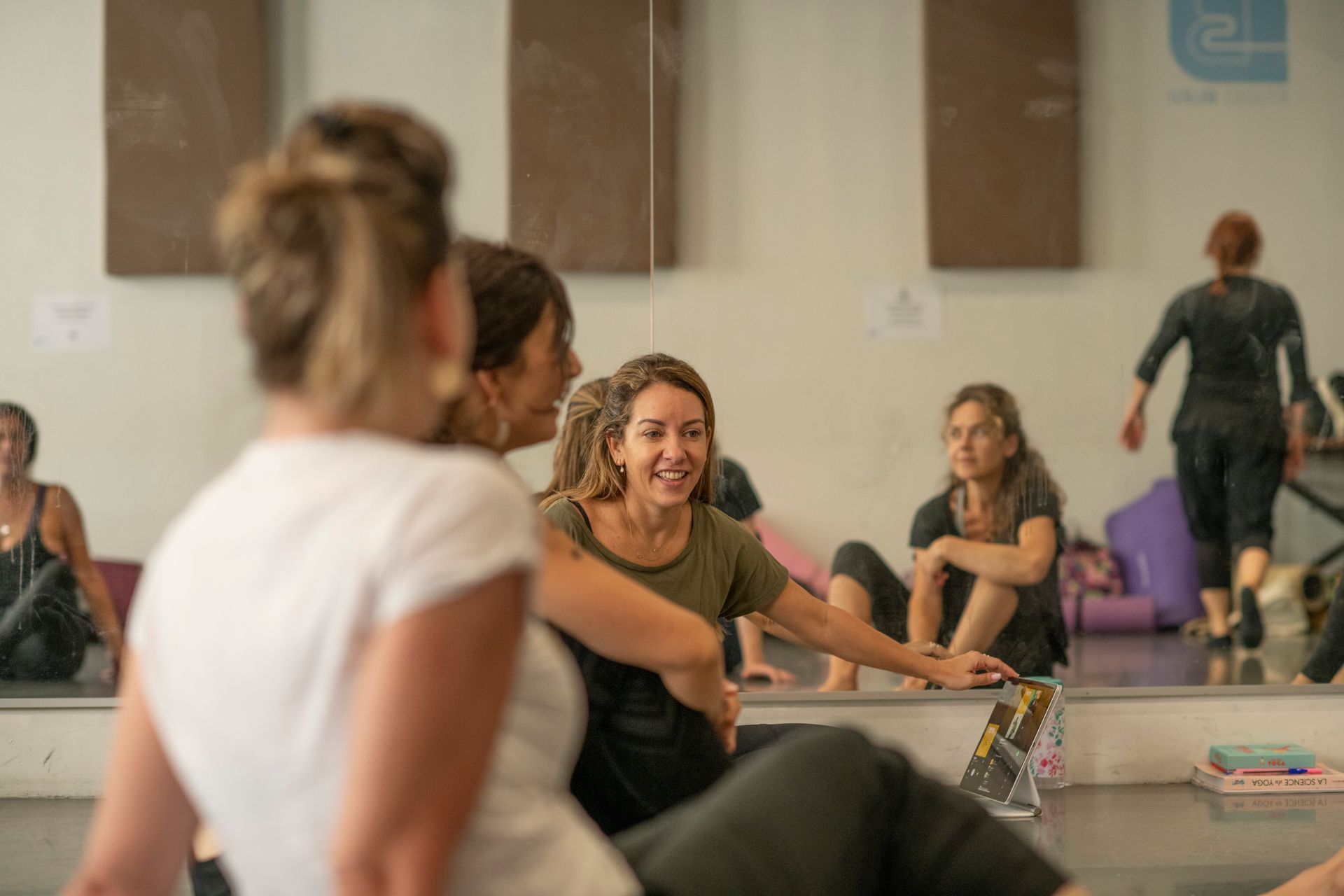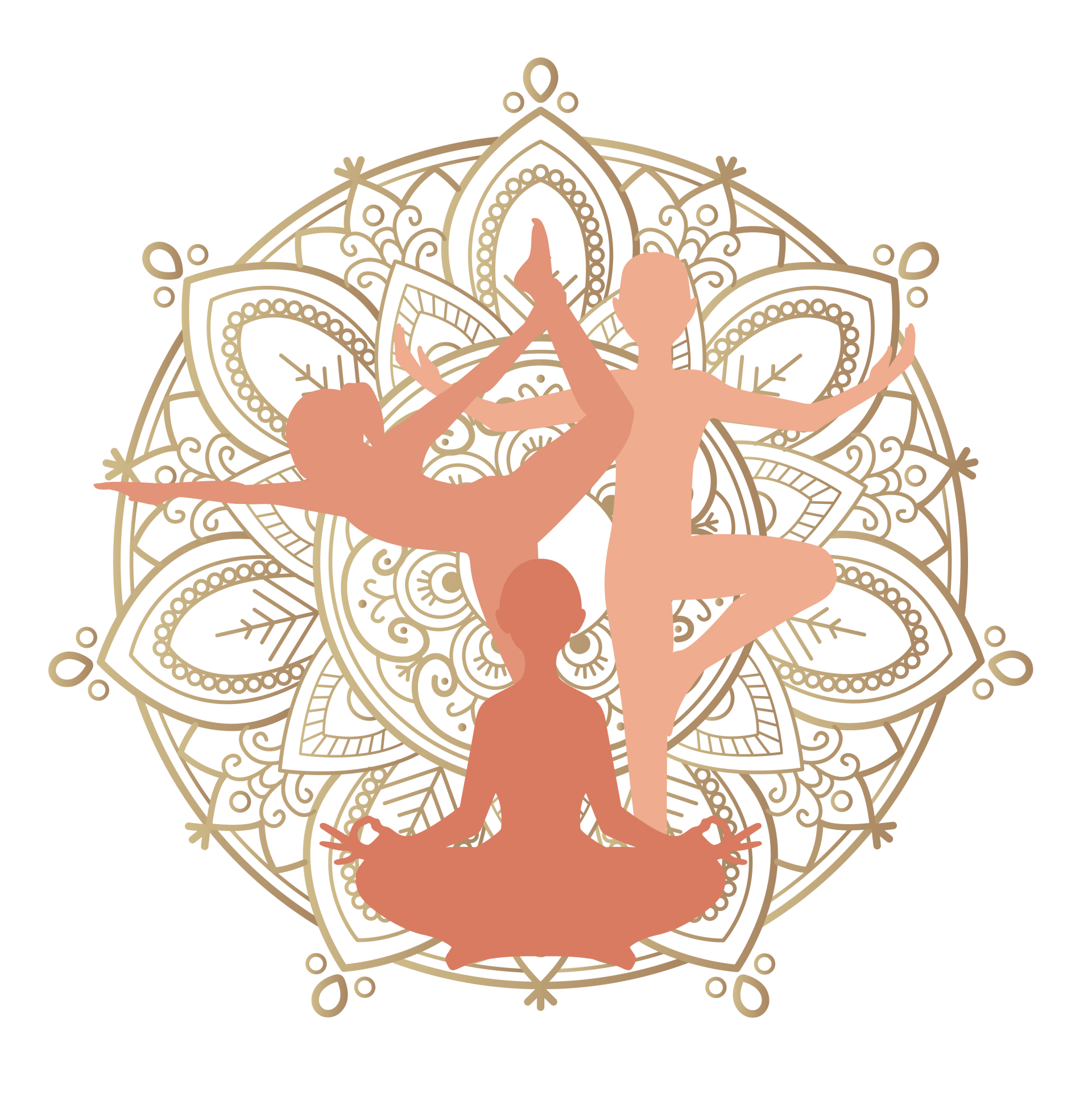Bandhas: The Secret of the Yogis
Bandhas: The Secret of the Yogis
What Are Bandhas in Yoga?
In Sanskrit, Bandha means “lock”, “seal”, or “binding.” In yoga, Bandhas are internal energy locks that are consciously activated to contain, redirect, and intensify the flow of Prana (vital energy).
The Connection with the Vayus
Prana flows through the body via subtle currents called
Vayus, which move energy upward or downward.
Without control, this energy disperses. Bandhas help
retain the energy within the body and
guide it consciously, often to awaken
Kundalini, the spiritual energy located at the base of the spine.
Why Should You Activate the Bandhas?
- Energy stimulation: awakens dormant energy and guides it upward through the chakras.
- Postural support: stabilizes the spine and supports internal organs.
- Core strengthening: develops power, balance, and body awareness.
- Mental clarity: certain Bandhas calm the nervous system and help focus the mind.
⚠️ According to ancient texts, practicing pranayama without engaging the Bandhas may lead to energy imbalances.
The 3 Main Bandhas and How to Activate Them
1. Mula Bandha – The Root Lock
- Meaning: Mula means "root" – this Bandha is connected to the pelvic floor and the Muladhara (Root Chakra).
- Area activated: pelvic floor, deep lower abdominal muscles.
🔸 How to Activate Mula Bandha:
- Sit cross-legged, spine long, pelvis slightly tilted forward.
- On an exhale, contract the pelvic floor as if stopping the urge to urinate or pass gas.
- Imagine energy rising from the earth toward your navel.
- Hold the contraction for a few seconds, release, and repeat.
✅ Benefits of Mula Bandha:
- Grounding, stability, and core awareness.
- Lumbar support and improved posture.
- Energetic ascent through the chakras.
🧘♀️ Mula Bandha can be maintained throughout your practice unless otherwise advised.
2. Uddiyana Bandha – The Upward Lock
- Meaning: Uddiyana means “to rise” or “fly upward.”
- Area activated: deep abdominal muscles, diaphragm, second and third chakras (Svadhisthana and Manipura).
🔸 How to Activate Uddiyana Bandha:
- Practice on an empty stomach, seated or standing.
- Exhale fully.
- Draw the lower belly inward and upward toward the diaphragm without inhaling immediately.
- Keep the chest lifted, belly hollow.
- Release gently and inhale.
⚠️ Never force it or practice after eating. Build up slowly with time.
✅ Benefits of Uddiyana Bandha:
- Detoxifies digestive organs through internal massage.
- Strengthens the deep core.
- Eases lower back pressure.
- Lifts energy upward.
- Improves breath control and retention.
3. Jalandhara Bandha – The Throat Lock
- Meaning: Jalandhara refers to the “network of energy at the throat.”
- Area activated: throat, neck, Vishuddha Chakra (5th chakra).
🔸 How to Activate Jalandhara Bandha:
- Sit cross-legged, spine straight.
- Inhale deeply, then hold the breath.
- Gently lower the chin toward the chest while lifting the back of the head upward.
- Keep a slight space between the throat and the jaw to avoid compression.
- Release on the exhale.
🌀 Jalandhara Bandha is often used with breath retention techniques like Ujjayi Pranayama.
✅ Benefits of Jalandhara Bandha:
- Protects the neck and cervical spine.
- Calms the mind.
- Enhances focus and mental clarity.
- Prevents energy from escaping upward.
Conclusion: How to Integrate Bandhas into Your Practice
Bandhas are not just for advanced yogis. With gentle, mindful practice, anyone can begin to explore them.
Start with
Mula Bandha to build awareness and grounding. Then progress to
Uddiyana Bandha for core strength and energy lifting, and finally
Jalandhara Bandha to refine breath control and focus.
🌟 Activating the Bandhas connects body to energy, and energy to consciousness.
Bandhas – Everything You Need to Know
👉 Why engage the diaphragm in yoga?
Engaging the diaphragm, especially through Uddiyana Bandha, creates a suction effect that lifts the organs, massages the abdomen, and supports deeper breathing.
👉 Can you practice Bandhas every day?
Yes, gently. It's best to practice on an empty stomach, in the morning, or before your yoga session.
👉 What are the risks of improper Bandha activation?
You may feel breathlessness (Jalandhara), abdominal discomfort (Uddiyana), or pelvic fatigue (Mula). Always practice with awareness and never force it.
Ready to Go Deeper in Your Practice?
Explore our full yoga training and learn how to master the Bandhas step by step.
Transform your body, your breath, and your energy with expert guidance →
www.yogadanse.eu
Namaste 🪷
